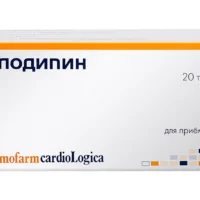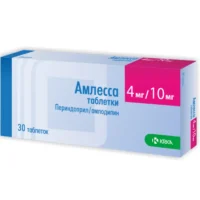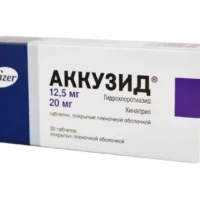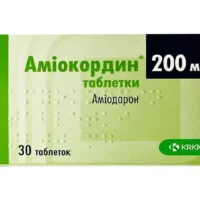Description
Torvacard Cristal (atorvastatin) Coated Tablets 20 mg. №30
Ingredients
- Each tablet contains 20 mg of atorvastatin.
Dosage
- The recommended dosage is one 20 mg tablet per day, preferably taken in the evening.
Indications
- Torvacard Cristal is indicated for the treatment of high cholesterol and triglycerides in the blood.
Contraindications
- Do not use Torvacard Cristal if you are pregnant, breastfeeding, or have liver disease.
Directions
- Swallow the tablet whole with a glass of water. It can be taken with or without food.
Scientific Evidence
Studies have shown that atorvastatin, the active ingredient in Torvacard Cristal, effectively lowers LDL cholesterol levels and reduces the risk of cardiovascular events. Research published in the New England Journal of Medicine demonstrated a significant reduction in the incidence of heart attacks and strokes in patients taking atorvastatin compared to a placebo group.
Additional Information
It is important to regularly monitor liver function tests while taking Torvacard Cristal, as statins can sometimes cause liver abnormalities. Additionally, this medication may interact with other drugs, so it is essential to inform your healthcare provider about all medications you are taking.
Pharmacological Effects
Atorvastatin works by inhibiting HMG-CoA reductase, an enzyme involved in cholesterol synthesis in the liver. By lowering LDL cholesterol levels, atorvastatin helps prevent the buildup of plaque in the arteries, reducing the risk of cardiovascular diseases such as heart attacks and strokes.
Clinical Trials and Comparative Effectiveness
In a comparative study published in the Journal of the American College of Cardiology, atorvastatin was found to be more effective than other statins in reducing LDL cholesterol levels and improving cardiovascular outcomes. The study concluded that atorvastatin is a highly potent and well-tolerated medication for managing dyslipidemia.





